On May 8, the Catholic Church elected Robert Francis Prevost, as its first North American leader. The planet and the people are in desperate need of moral healing, and there are promising signs that Pope Leo XIV just may be the voice of clarity that we need.
I am a lifelong Catholic, with a family history in the Church going back through generations to Italy, Ireland, and Germany. My faith runs strong. I am also the co-director of Taproot Earth, a frontline climate justice organization.
While we are not a Catholic organization, and our staff is made up of people with varying religions, our faith has played a big part in our personal commitments to climate justice. For me, I was taught, through 16 years of Catholic education, that God is in all things. That means that God is in the air, the water, the Earth. God is also present in the poor and the neglected. That makes the climate crisis — which hits marginalized communities hardest — an affront to God’s Being. By the same token, it means that fighting for climate justice is the Lord’s work.
There is reason to believe that Pope Leo shares in that vision. For one thing, he’s spoken in support of Pope Francis’ 2015 encyclical, Laudato Si’, which laid out the Catholic case not just for climate action but for climate justice. In November, he took it even further, advocating for a more reciprocal relationship with the environment and stressing that it is time for the world to move from “words to actions” in combating climate change.
Pope Leo also has a history of speaking out against the rise of artificial intelligence. In fact, he used his first formal address as pope to raise the alarm over the threat of AI to “human dignity, justice, and labor.” While he did not expressly mention it in his comments, artificial intelligence is also a grave threat to the planet and a major contributor to the pollution that fuels the climate crisis.
But perhaps most importantly, Pope Leo’s time in South America has brought him face to face with the realities and heartbreak of climate injustice. In 2017, when El Nino brought catastrophic flooding to Peru, the then-Bishop put his actual boots on the ground. He mobilized the Church, coordinated with local businesses, and got his own hands dirty to help people who were stranded by the water.
Pope Leo understands the power of the Church in times of crisis. For me, that is immensely important. While I am a lifelong Catholic, there have been times where I struggled with the Church and its many scandals and hypocrisies. However, I have not given up my faith nor ignored the power and position the Church holds. That’s why Taproot Earth, among other organizations, has put a great deal of work into bringing the might of the Catholic Church to the fight for climate justice.
Love Music?
Get your daily dose of everything happening in Australian/New Zealand music and globally.
We started our work with the Church in earnest in 2023 around the issue of climate reparations. We wanted the Church to confront its role in the root causes of climate change: colonialism, slavery, and capitalism. From there, we wanted the Church to embrace its responsibility to lead the way to climate reparations.
I am happy to say that we found a receptive audience among leaders within the Church. After meeting with some of Pope Francis’ advisors and advocates, we facilitated the Frontline People’s Jubilee Convening in Rome in March of this year with the goal of bringing to the Church the voices and stories from the frontlines about the need for climate reparations. At the convening, we heard from people from 24 countries and in six different languages, and we charted a multi-faith course toward climate justice and accountability. I am hopeful — and more importantly faithful — that we can bring those stories to Pope Leo to further advance this work.
It bears mentioning that Pope Leo, as the successor to Pope Francis, has enormous shoes to fill. Pope Francis led the Church in new and exciting ways. In addition to his groundbreaking 2015 encyclical, he completely revolutionized the way that decisions were made in the Vatican, appointing women to decision-making posts and created pathways for marginalized people to have their voices heard. He opened the door for the blessing of same-sex unions. By leading from the foundational Christian values of love, mercy, and joy, he showed the world that change is possible, even within a 2,000-year-old institution.
While there are signs that Pope Leo might be more conservative than Pope Francis, I still have reason to hope that he might indeed be more radical. After all, most people didn’t expect Pope Francis to be the spiritual and social catalyst that he was.
One of the most important ways that Popes signal the way they plan to lead is by the name they choose upon their election. The name Leo is one of humility or, as some might say, meekness. As the Beatitudes teach us, blessed are the meek, for they shall inherit the earth. If Pope Francis was the People’s Pope, perhaps Pope Leo can be the Planet’s Pope.
Pope Leo need not walk on water, but rather continue on the path Pope Francis already laid out.
Anthony Giancatarino is the Strategy Partner at Taproot Earth, a global climate justice organization rooted in the Gulf South and Appalachia
From Rolling Stone US



































